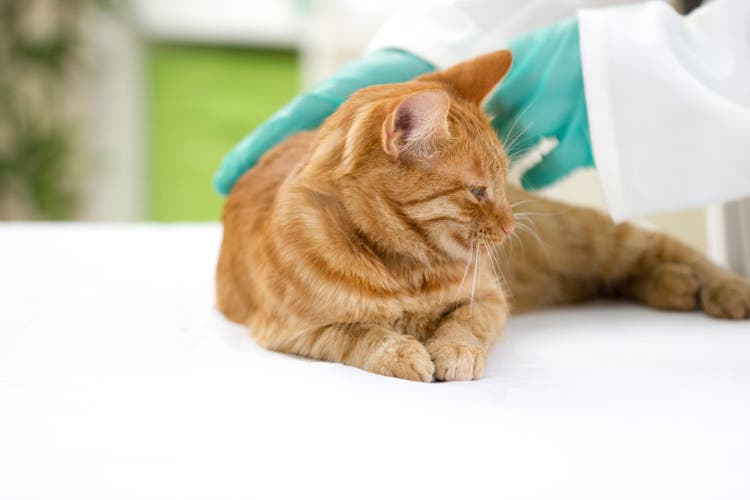
Clindamycin (Antirobe®, Cleocin®) for Dogs and Cats
Overview of Clindamycin (Antirobe®, Cleocin®) for Dogs and Cats
- Clindamycin, commonly known by the brand names of Antirobe® and Cleocin®, is an antibiotic that is used in dogs and cats.
- Clindamycin inhibits bacteria by suppressing protein synthesis and growth. Erythromycin and its derivatives share a similar mechanism of action.
- Clindamycin is similar to the drug lincomycin (Lincocin).
- Clindamycin is effective against a narrow range of bacteria in dogs and cats. It is effective against bacteria that infect the skin, oral cavity, bone, and respiratory tract.
- Clindamycin is a prescription drug and can only be obtained from a veterinarian or by prescription from a veterinarian.
Brand Names and Other Names of Clindamycin
- This drug is registered for use in animals and humans.
- Human formulations: Cleocin® (Upjohn)
- Veterinary formulations: Antirobe® (Upjohn)
Uses of Clindamycin for Dogs and Cats
- Clindamycin is used in both dogs and cats to treat bacterial infections, including skin infections, wound infections, bone infections, pneumonia, dental (tooth) infections, and other infections of the oral cavity. It has been commonly used for bacteria that grow without oxygen (anaerobic bacteria).
- Clindamycin has been used to treat protozoa infections in animals. However, its effectiveness for this use has been controversial.
- Clindamycin is not effective against infections caused by parasites (intestinal worms), mites, viruses, or fungi.
Precautions and Side Effects
- While generally safe and effective when prescribed by a veterinarian, clindamycin can cause side effects in some animals.
- Clindamycin should not be used in animals with known hypersensitivity or allergy to the drug.
- Clindamycin may interact with some medications, like other antibiotics. Consult with your veterinarian to determine if the other drugs your pet is receiving could interact with clindamycin.
- Clindamycin may cause vomiting, diarrhea, and decreased appetite in dogs and cats.
- The liquid formulation is bad tasting in cats and they may avoid the medication or drool profusely after receiving a dose.
How Clindamycin Is Supplied
- Clindamycin is available in 25 mg, 75 mg, and 150 mg capsules and a 25 mg/ml oral suspension.
Dosing Information of Clindamycin for Dogs and Cats
- Medication should never be administered without first consulting your veterinarian. If you’re concerned about costs related to medication, pet insurance may be able to help. Click here to learn more.
- The usual dose of clindamycin in dogs is 5 mg per pound (11 mg/kg) every 12 hours or 10 mg per pound (22 mg/kg) every 24 hours orally.
- For cats, the dose of clindamycin ranges from 2.5 mg per pound (5.5 mg/kg) every 12 hours orally to 10 mg per pound (22 mg/kg) every 24 hours orally. The dose and frequency depend on the type of infection treated.
- In both dogs and cats, clindamycin pills should be given with small amount of water after to encourage the pill to enter the stomach. This is to prevent esophageal injury which can occur from a dry pill sitting in the esophagus.
- The duration of administration depends on the condition being treated, response to the medication, and the development of any adverse effects. Be certain to complete the prescription unless specifically directed by your veterinarian. Even if your pet feels better, the entire treatment plan should be completed to prevent relapse or prevent the development of resistance.